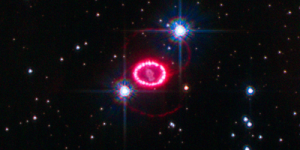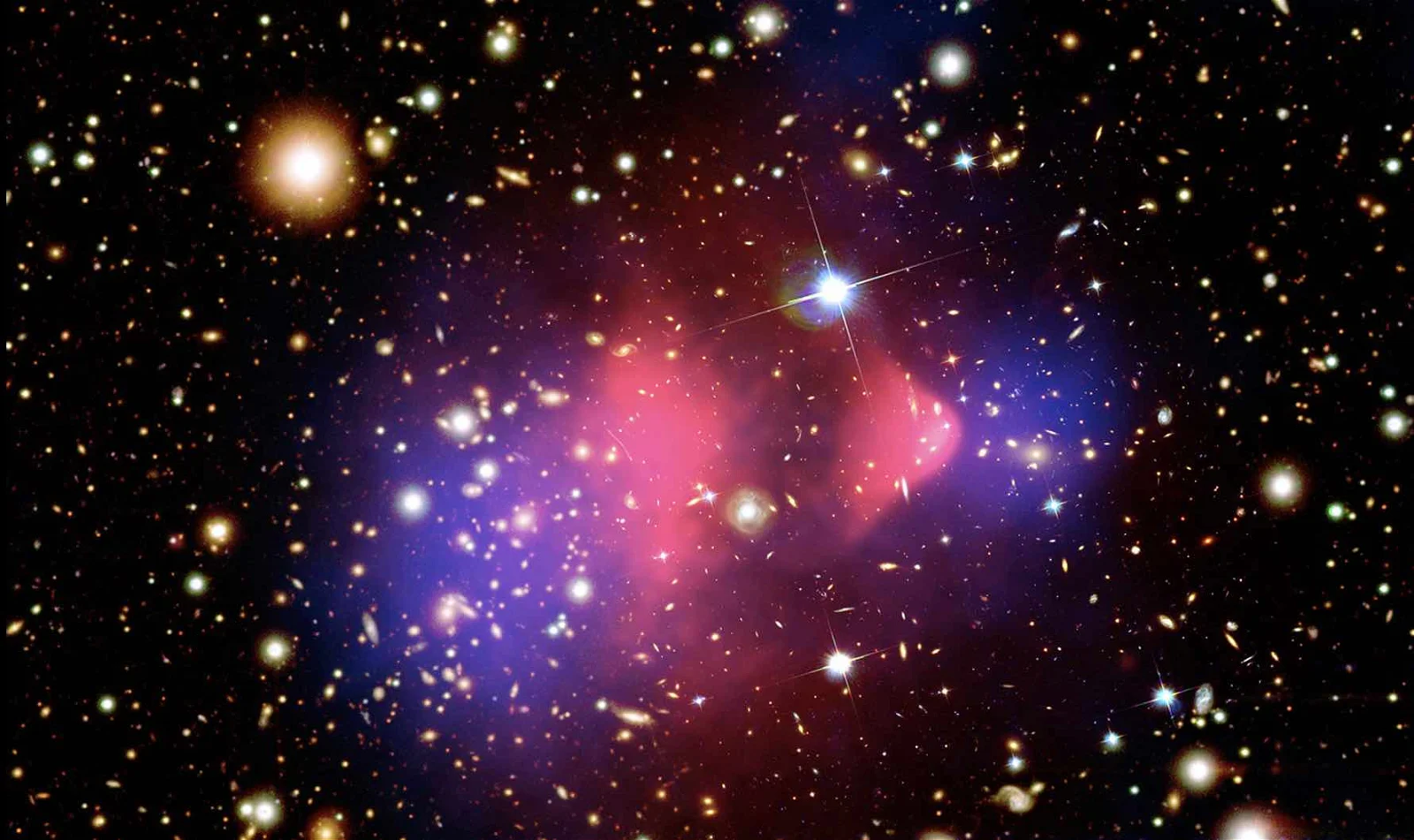Introduction
By Updated News Seekers
In the vast expanse of the cosmos, mysteries abound, and one of the most enigmatic is the nature of dark matter. Today, we embark on a journey to decipher this cosmic riddle with the help of none other than NASA, the beacon of astronomical exploration. Our source of knowledge, NASA, has been at the forefront of unraveling the universe’s secrets. Join us as we dive into the fascinating realm of ‘Dark Photons’ and their potential to illuminate the hidden corners of the cosmos.
Meet Our Knowledge Source: NASA
NASA – The Pioneers of Cosmic Exploration
Before delving into the intriguing concept of ‘Dark Photons,’ let’s take a moment to recognize the unparalleled authority behind this revelation: NASA. With decades of groundbreaking research and countless missions into space, NASA has solidified its reputation as the preeminent source of knowledge about our universe. The brilliant minds and cutting-edge technology at NASA have propelled humanity into the cosmos, and their recent findings promise to change our understanding of dark matter forever.

Unveiling Dark Matter’s Elusive Nature
What is Dark Matter, and Why Does it Matter?
Before we can appreciate the significance of ‘Dark Photons,’ we must first grasp the concept of dark matter. Dark matter is an invisible, mysterious substance that makes up approximately 27% of the universe. Unlike ordinary matter, it does not interact with light, making it exceptionally challenging to study. Its presence is inferred through gravitational effects on visible matter and the cosmic microwave background radiation.
The Dark Photon Hypothesis
Shining Light on the Darkness
Now, imagine a particle even more elusive than dark matter itself – the ‘Dark Photon.’ This hypothetical particle is a close cousin of the familiar photon, the particle of light. While regular photons are responsible for electromagnetic forces, dark photons are believed to interact with dark matter. In essence, they could be the key to unmasking dark matter’s secrets.
NASA’s Revelation
The Game-Changing Discovery
In a recent breakthrough, NASA’s astrophysicists detected tantalizing hints of ‘Dark Photons’ during the Alpha Magnetic Spectrometer-2 (AMS-02) experiment aboard the International Space Station. This experiment involved studying cosmic rays for clues about dark matter. The unexpected presence of excess positrons led scientists to speculate about the existence of ‘Dark Photons.’
Comparative Table: Dark Matter vs. Dark Photons
| Aspect | Dark Matter | Dark Photons |
|---|---|---|
| Nature | Mysterious, invisible, doesn’t emit light | Hypothetical, related to dark matter, |
| may mediate dark matter interactions. | ||
| Detection | Through gravitational effects on visible | Indirect, inferred through unexpected cosmic rays |
| matter, gravitational lensing. | in AMS-02 experiment. | |
| Role in the Universe | Dominant, shaping cosmic structures. | Potential mediator of dark matter interactions. |
The Promise of ‘Dark Photons’
Unlocking the Universe’s Secrets
The discovery of ‘Dark Photons’ opens a new chapter in our quest to understand the cosmos. If these elusive particles can indeed bridge the gap between dark matter and the visible universe, it could revolutionize our understanding of the universe’s formation and evolution.
Conclusion
In the quest to unravel the mysteries of the universe, ‘Dark Photons’ shine as a beacon of hope. Thanks to NASA’s tireless efforts and groundbreaking discoveries, we are one step closer to cracking the dark matter code. While the universe’s secrets remain elusive, the journey is as awe-inspiring as the destination. Join us in this cosmic exploration, where science and imagination intertwine, and where even the darkest mysteries may one day be illuminated by the gentle glow of ‘Dark Photons.’









